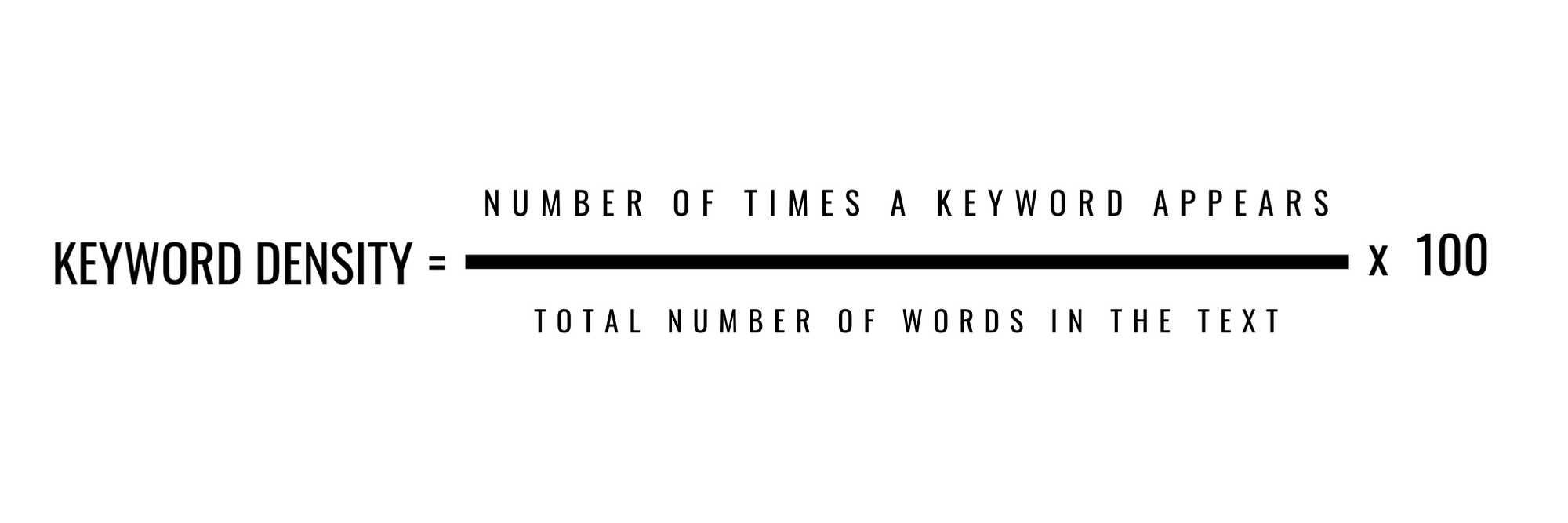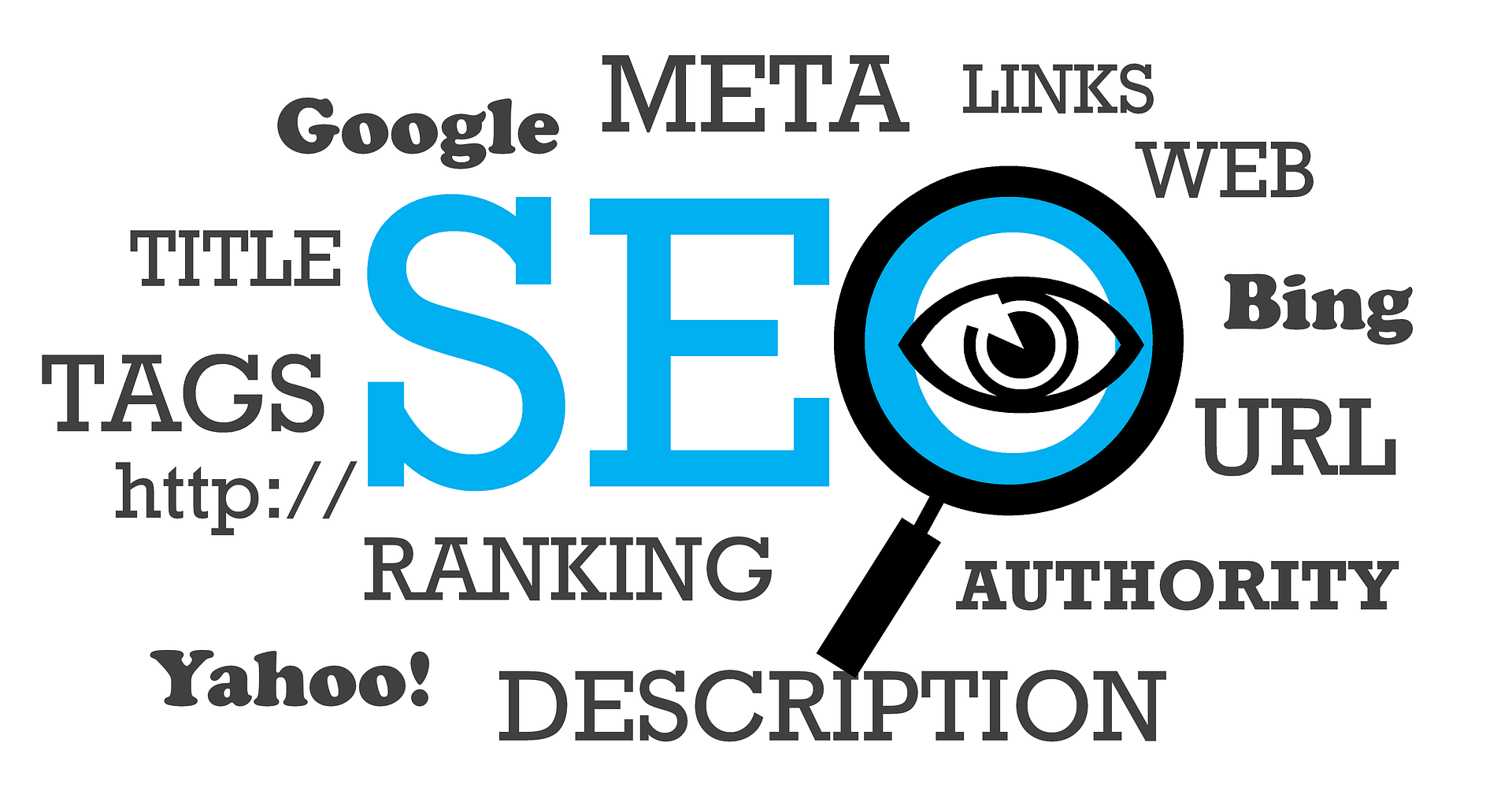The keyword density is the number of times a keyword appears with respect to the total number of words that a text has on our website. This number, which is usually a percentages, is obtained by dividing the number of times the keyword has been included by the total number of words in the article.
For example, imagine that we are writing an entry to our page about everything you have to know about email marketing and its benefits for the company, in this case our main keyword will be “email marketing”. The text has 1,000 words and the keyword appears 10 times. We can easily calculate and see that the keyword density is 1%. If it appeared 20 times it would be 2%. If I did it 40 times, 4%.
The formula would be the following:

But be careful, don’t fall for the keyword stuffing! Excessive keyword density in a text can cause Google to penalize you in search results, as it interprets it as a bad practice. It is also not necessary to go to the other extreme and that your keyword only appears once in a text of 500 words, since this will not indicate to the search engine that your content is relevant to “email marketing”.
Therefore, we recommend that you forget about the main positioning strategy and focus on creating quality content because there are other places in your pos to place them.
We recommend these:
- The keyword must appear in the entry title.
- The keyword must appear in the URL of the post. This is very important.
- It must also appear in the meta description, because it is the first thing the search engine reafs, because it is like a summary of what is on the page.
- Images can include the keyword and this trick is very useful, since the search engines do read the descriptions, titles, legends and alternative content of the images.
- Within the text, as we have commented previously, it is important that your word or keywords appear in the content.
In conclusion, we cannot give an exact percentage in terms of keyword density, since SEO positioning is not something exact and even Google’s algorithm is unknown, but we recommend that you make moderate use of it. Try to use variation of keywords so that the content is as natural as possible and remember to also place them in the title, the url, the meta description and the images.




